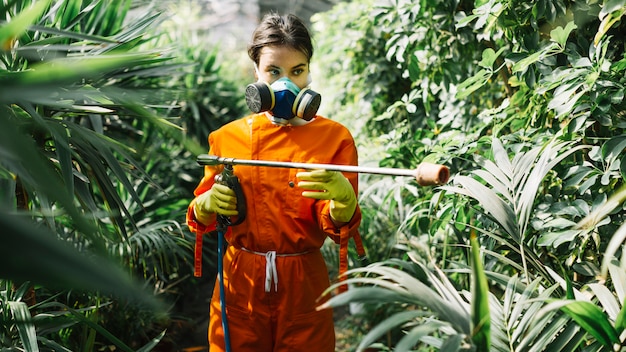
Protect Your Property with Wildlife Exclusion Near Arlington, TX Trusted Removal Services
Arlington, TX, is home to a variety of wildlife species, ranging from squirrels and raccoons to birds and rodents. While these animals are an integral part of the ecosystem, they can become a nuisance when they invade residential and commercial properties. Wildlife intrusion not only causes structural damage but also poses health risks to occupants. Therefore, effective wildlife exclusion and removal services are paramount for property owners seeking to safeguard their premises. This article delves into the significance of wildlife exclusion, methods employed for effective removal, and best practices for maintaining a wildlife-free environment.
Understanding Wildlife Exclusion
Wildlife exclusion refers to the process of preventing animals from entering a property. It is a humane method that focuses on modifying structures to eliminate potential entry points for animals. The objective is to create a barrier that discourages wildlife from accessing areas where they might cause harm or damage.
Key Components of Wildlife Exclusion
- Inspection and Assessment: Identifying potential entry points, such as gaps in roofs, vents, and foundations.
- Sealing Entry Points: Utilizing materials like steel mesh and caulk to seal holes and cracks.
- Installation of Physical Barriers: Implementing barriers such as chimney caps and vent covers.
- Habitat Modification: Removing food sources and nesting materials that attract wildlife.
For more detailed guidance on wildlife exclusion, learn more in this detailed guide.
Why Wildlife Removal is Essential
While exclusion methods focus on prevention, wildlife removal addresses situations where animals have already infiltrated a property. Removal is crucial to mitigate the risks associated with wildlife presence, including health hazards and property damage.
Risks Associated with Wildlife Intrusion
- Health Risks: Wildlife can carry diseases such as rabies and histoplasmosis, which pose serious health threats to humans.
- Structural Damage: Animals like rodents can chew through wires and insulation, leading to costly repairs.
- Contamination: Droppings and urine from wildlife can contaminate food and water sources.
Explore further insights here on the importance of professional wildlife removal services.
Effective Wildlife Removal Strategies
Successful wildlife removal requires a combination of techniques tailored to the specific species and situation. Professional removal services employ a range of strategies to ensure humane and efficient wildlife management.
Common Removal Techniques
- Trapping and Relocation: Using humane traps to capture and relocate animals to suitable habitats.
- Exclusion Devices: Installing one-way doors that allow animals to exit but prevent re-entry.
- Repellents: Applying natural or chemical repellents to deter wildlife from returning.
For an in-depth look at these techniques, read more about this topic.
Maintaining a Wildlife-Free Environment
Once exclusion and removal have been successfully implemented, ongoing maintenance is essential to ensure long-term protection against wildlife intrusion.
Best Practices for Prevention
- Regular Inspections: Conducting frequent inspections to identify and address new entry points.
- Property Maintenance: Keeping gutters clean and trimming trees to prevent access to roofs.
- Secure Waste Management: Using wildlife-proof bins and disposing of waste promptly to deter scavenging.
Find additional information here on maintaining a wildlife-free property.